Government Initiatives and Funding
Government initiatives and funding aimed at improving maternal and child health are significant drivers of the Prenatal Diagnostics Market. Various countries have implemented policies to promote access to prenatal care and diagnostic services, recognizing the importance of early detection in reducing infant mortality rates. For example, funding for research and development in prenatal diagnostics has increased, leading to the introduction of innovative testing methods. In 2023, government investments in maternal health programs were estimated to exceed USD 1 billion, reflecting a commitment to enhancing prenatal care. Such initiatives not only improve healthcare access but also stimulate market growth by encouraging the adoption of advanced diagnostic technologies.
Rising Incidence of Genetic Disorders
The rising incidence of genetic disorders is a critical factor influencing the Prenatal Diagnostics Market. As the prevalence of conditions such as Down syndrome and other chromosomal abnormalities increases, the demand for prenatal testing is expected to rise correspondingly. This trend is particularly evident in regions with higher maternal age, where the risk of genetic disorders is elevated. According to recent statistics, approximately 1 in 700 births is affected by Down syndrome, underscoring the need for effective prenatal diagnostic solutions. The market is projected to expand as healthcare providers emphasize the importance of early detection and intervention, potentially leading to improved outcomes for affected families.
Increasing Awareness of Prenatal Health
The rising awareness regarding prenatal health is a pivotal driver for the Prenatal Diagnostics Market. As more expectant parents become informed about the importance of early detection of genetic disorders and congenital anomalies, the demand for prenatal diagnostic tests is likely to surge. Educational campaigns and healthcare initiatives have contributed to this heightened awareness, leading to an increase in the utilization of non-invasive prenatal testing (NIPT) and other diagnostic methods. In 2023, the market for prenatal diagnostics was valued at approximately USD 3 billion, with projections indicating a compound annual growth rate (CAGR) of around 10% through 2030. This trend suggests that as awareness continues to grow, the Prenatal Diagnostics Market will experience substantial growth.
Technological Advancements in Diagnostic Tools
Technological advancements play a crucial role in shaping the Prenatal Diagnostics Market. Innovations such as next-generation sequencing (NGS) and advanced imaging techniques have revolutionized prenatal testing, making it more accurate and accessible. These advancements not only enhance the reliability of test results but also reduce the time required for diagnosis. For instance, the introduction of NIPT has significantly decreased the need for invasive procedures, thereby minimizing risks to both the mother and fetus. The market is expected to witness a surge in demand for these advanced diagnostic tools, with estimates suggesting that the segment could account for over 50% of the total market share by 2030. This indicates a strong correlation between technological progress and market growth.
Growing Demand for Personalized Healthcare Solutions
The growing demand for personalized healthcare solutions is reshaping the Prenatal Diagnostics Market. Expectant parents increasingly seek tailored approaches to prenatal care, which includes personalized risk assessments and targeted testing based on family history and genetic predispositions. This shift towards personalized medicine is driven by advancements in genomics and a better understanding of hereditary conditions. As a result, prenatal diagnostic services are evolving to offer more customized options, enhancing patient satisfaction and outcomes. The market for personalized prenatal diagnostics is anticipated to grow significantly, with projections indicating that it could represent a substantial portion of the overall prenatal diagnostics market by 2030. This trend highlights the importance of adapting to consumer preferences in the evolving healthcare landscape.


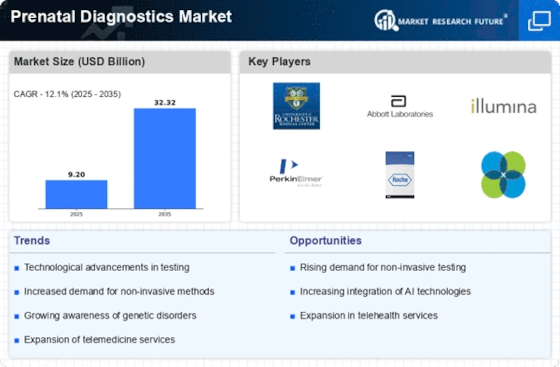
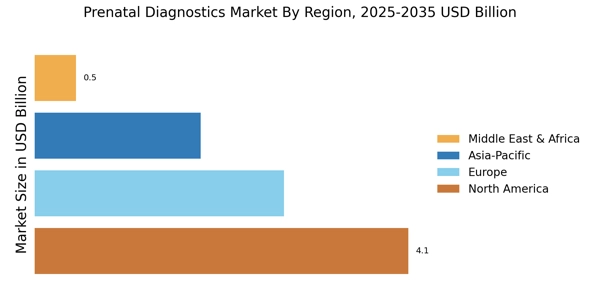
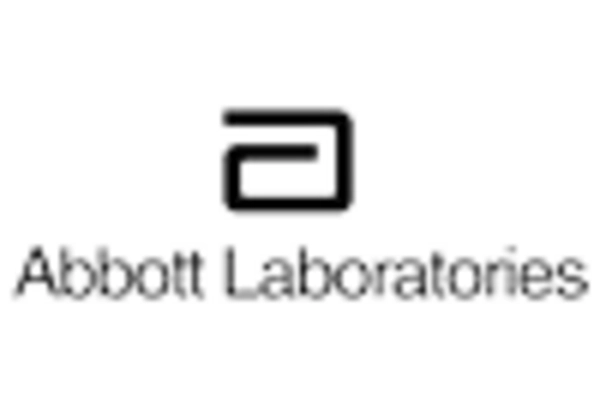
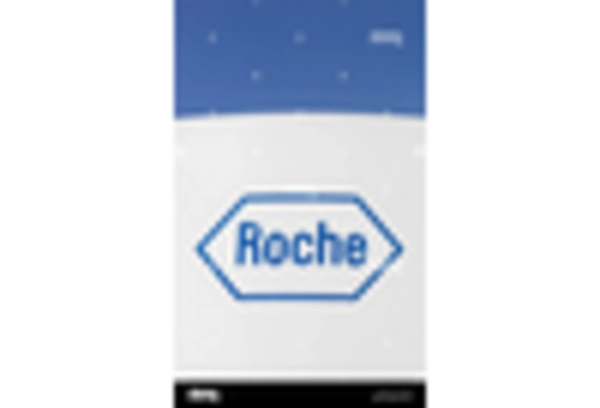


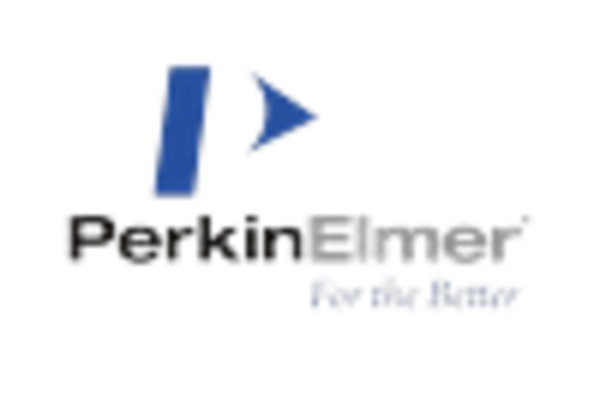









Leave a Comment